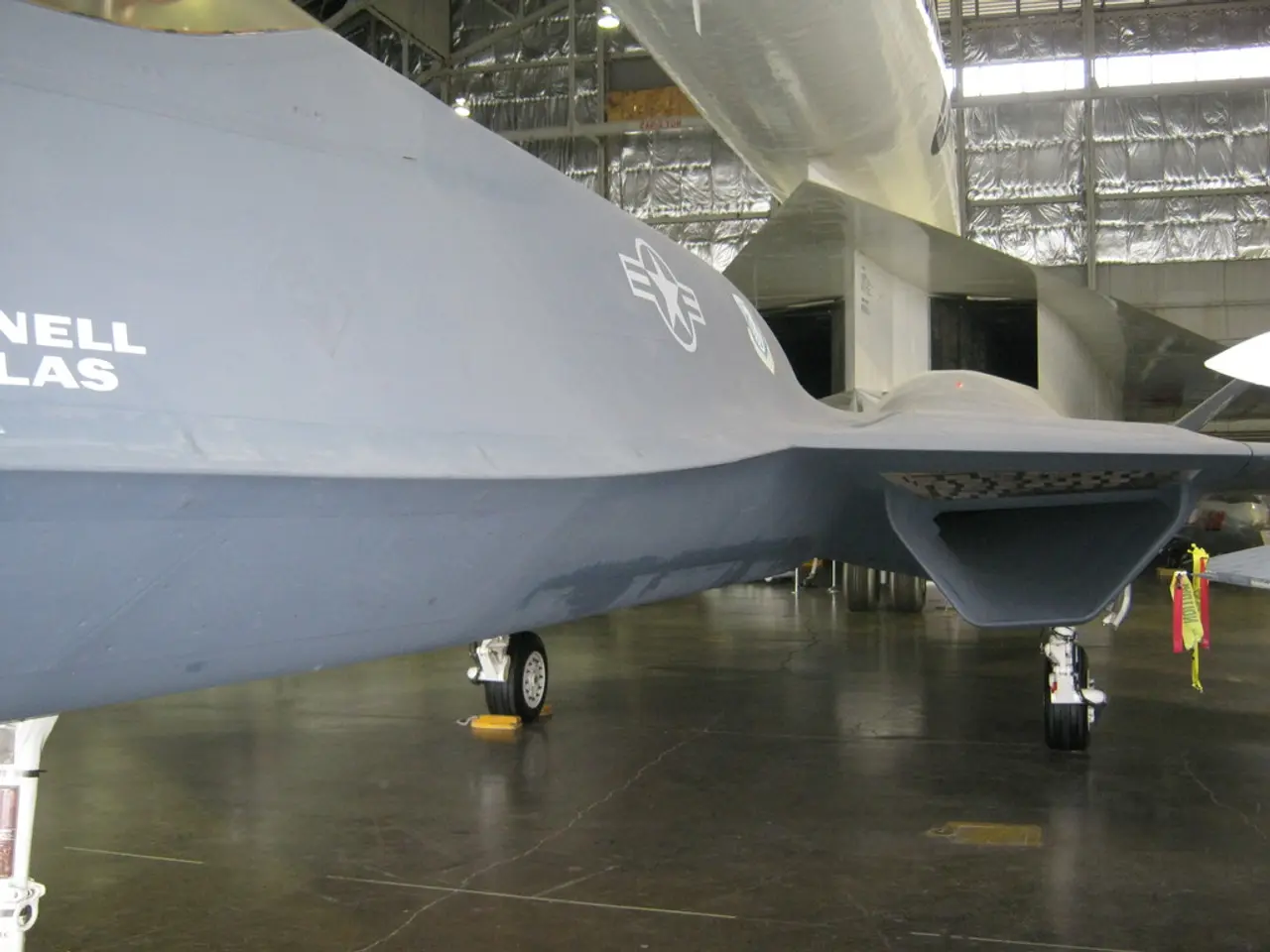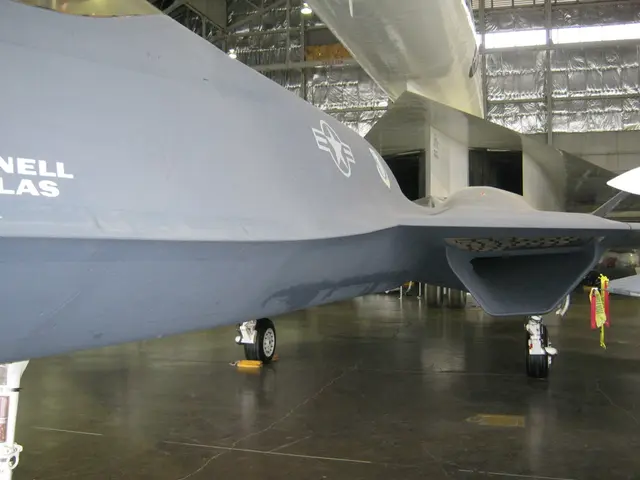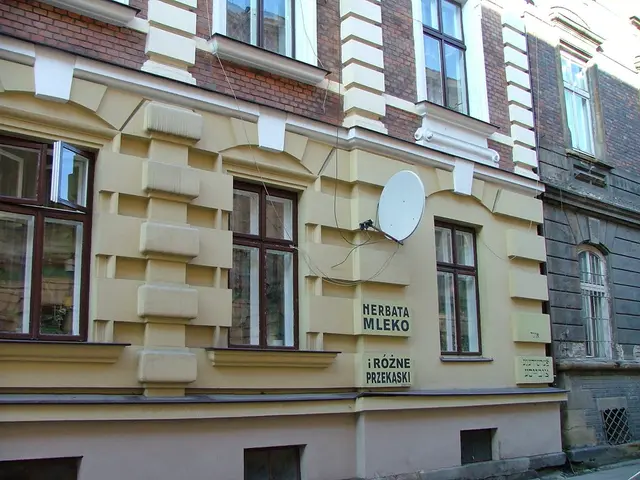Impact of Aviation on the Climate and Its Prospective Developments
The aviation industry is at the forefront of a green revolution, with a growing focus on reducing carbon emissions and minimizing its environmental impact. This transformation is driven by advancements in electric propulsion systems, biofuels, and sustainable practices.
In the realm of electric aircraft, the industry is exploring various technologies to revolutionize air travel. Hybrid-electric propulsion systems, such as those being developed by Electra for ultra-short takeoff and landing (Ultra-STOL) aircraft, aim to reduce fuel consumption and emissions, while enabling operations from small, rugged sites. Though initially designed for military applications, these systems could potentially benefit civil aviation, contributing to carbon reduction goals by maturing hybrid-electric aircraft propulsion capabilities.
Horizon Aircraft, in partnership with ZeroAvia, is actively developing hydrogen-electric powertrains for advanced electric vertical takeoff and landing (eVTOL) aircraft. Their Cavorite X7 combines a fan-in-wing design, enabling vertical takeoff and normal flight, with a focus on zero-emission regional travel. This collaboration is not only about aircraft development but also about the necessary infrastructure and certification frameworks to implement hydrogen-electric regional flights, a promising low-carbon alternative to conventional aircraft propulsion.
Eve Air Mobility, supported by Embraer's aerospace expertise, is building a scalable electric aircraft fleet for urban air mobility, targeting high-demand markets including Brazil and the United States. Eve’s efforts encompass aircraft design, certification pathways, and a holistic ecosystem for electric air mobility, aiming to alleviate urban congestion and reduce emissions through electric urban air transport.
As electric aircraft gain certification and commercial readiness, airports are also adapting their electrical infrastructure to support increased electricity demand. Research by NREL and NASA is exploring how airports can adapt, including local energy generation, battery storage, and grid interaction, to ensure the reliability and scalability required by electric aviation. This systemic approach supports the adoption of electric aircraft by enabling airports to become resilient energy nodes, facilitating the larger integration of electric aircraft into civil aviation.
Biofuels, made from renewable sources, are another promising development for reducing carbon emissions in aviation. These sustainable aviation fuels (SAF) can significantly reduce carbon emissions and are expected to become more prevalent in the aviation industry in the future. The International Air Transport Association (IATA) considers aviation biofuel a key element in reducing the carbon footprint of aviation.
Airlines are also investing in more efficient ground operations, such as using electric vehicles to transport passengers and cargo, and conserving resources like water and energy to minimize their environmental impact. The future of civil aviation and the environment are closely linked, with the industry needing to take steps to minimize its impact on the planet.
With new technologies and sustainable practices, the future of civil aviation can be both prosperous and environmentally friendly. The electrification of air travel, coupled with advancements in biofuels and airport energy infrastructure, promises a greener future for the skies.
- The aviation industry's focus on reducing carbon emissions extends to exploring electric propulsion systems, such as hybrid-electric and hydrogen-electric powertrains, for air travel.
- In the field of environmental science, research is underway to adapt airport electrical infrastructure to support the increasing electricity demand of electric aircraft, enhancing their integration into civil aviation.
- The upcoming electric aircraft, like those being developed by Horizon Aircraft and Eve Air Mobility, are expected to contribute significantly to climate-change mitigation efforts in the transportation sector.
- The aviation industry, in collaboration with organizations like the International Air Transport Association (IATA), is investing in sustainable technologies like biofuels, known as sustainable aviation fuels (SAF), to minimize their environmental impact.








